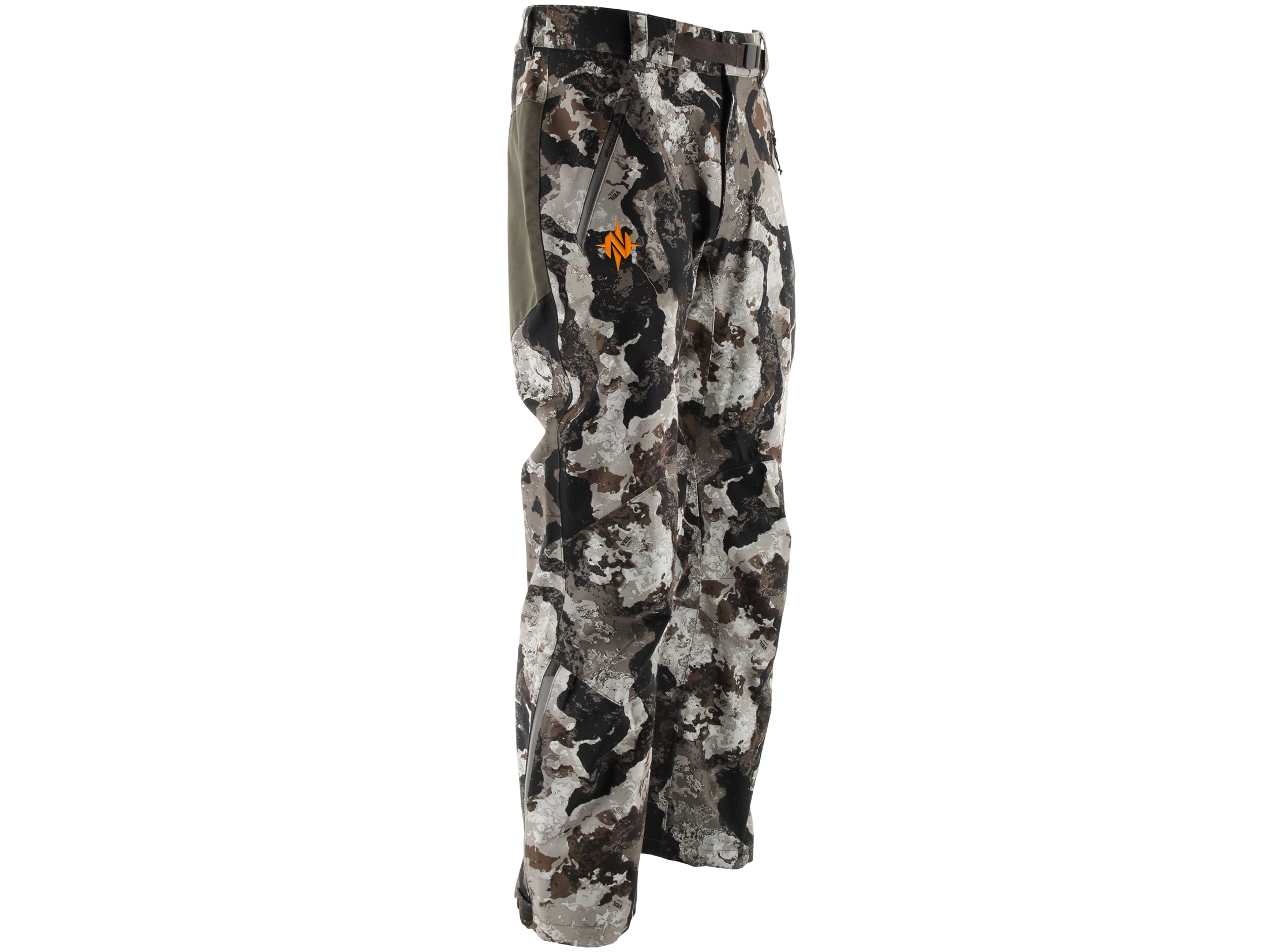

If so, she says, “I would not be surprised if trousers appeared at least that far back.” Horse riding’s origins are uncertain and could date to at least 4,000 years ago, comments archaeologist Margarita Gleba of University College London. Ancient trousers from those areas are not likely to have been preserved, Mair says.

Mair suspects that horse riding began about 3,400 years ago and trouser-making came shortly thereafter in wetter regions to the north and west of the Tarim Basin. Trousers of Scythian nomads from West Asia date to roughly 2,500 years ago. More than 500 tombs have been excavated in a graveyard there since the early 1970s.Įarlier research on mummies from several Tarim Basin sites, led by Mair, identified a 2,600-year-old individual known as Cherchen Man who wore burgundy trousers probably made of wool. Previously, Europeans and Asians wore gowns, robes, tunics, togas or - as observed on the 5,300-year-old body of Ötzi the Iceman - a three-piece combination of loincloth and individual leggings.Ī dry climate and hot summers helped preserve human corpses, clothing and other organic material in the Tarim Basin. “This new paper definitely supports the idea that trousers were invented for horse riding by mobile pastoralists, and that trousers were brought to the Tarim Basin by horse-riding peoples,” remarks linguist and China authority Victor Mair of the University of Pennsylvania. The discoveries, uncovered in the Yanghai graveyard in China’s Tarim Basin, support previous work suggesting that nomadic herders in Central Asia invented pants to provide bodily protection and freedom of movement for horseback journeys and mounted warfare, the scientists report May 22 in Quaternary International. With straight-fitting legs and a wide crotch, the ancient wool trousers resemble modern riding pants, says a team led by archaeologists Ulrike Beck and Mayke Wagner of the German Archaeological Institute in Berlin. But these nomadic herders did so between 3,300 and 3,000 years ago, making their trousers the oldest known examples of this innovative apparel, a new study finds. Two men whose remains were recently excavated from tombs in western China put their pants on one leg at a time, just like the rest of us.


 0 kommentar(er)
0 kommentar(er)
